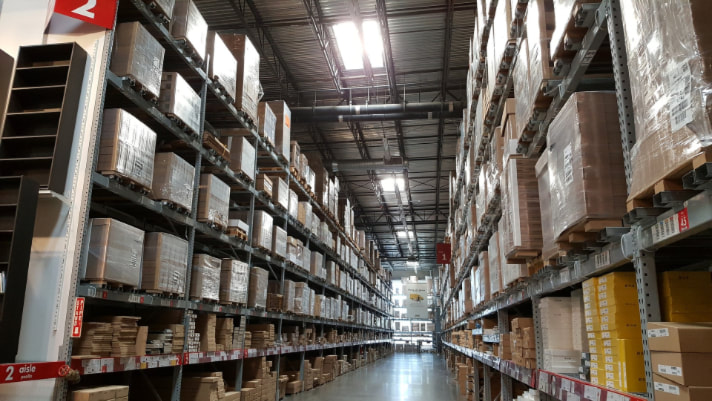2017
How Does Truck Refrigeration Work? — And Other Ways Warehousing Keeps Your Food and Beverages Fresh

When food and beverages arrives at small grocery stores, chains, and other vendors, it’s fresh and ready to go for the consumer. But have you ever wondered how it remains so fresh, despite the long journey? Advancements in technology have made a huge impact — we’ve come a long way compared to how we stored food in the past.
To learn more about the food grade logistics, truck refrigeration, and warehousing, read on.
Past Methods of Refrigeration
In the past, before we had giant and portable freezers, we preserved food by salting down food and even using shelled corn to draw out moisture and prevent rotting in certain foods. Other spices, like pepper, and brown sugar, were also used. Alternatively, picking foods with vinegar was another way of preserving foods without modern technology.
However today, we have trucking companies and food and beverage logistics have been able to upgrade our methods of preservation.
The Food Warehouse Now: How it Works
Food grade warehouses must follow strict regulations in order to keep the food inside in perfect condition. For example, food warehouses must always abide by their food management policies such as
- temperature regulation and control where food is stored
- implementation of strict hygiene amongst employees
- a sanitation schedule for the workers
- FIFO rules must be followed and lot and batch control must be enforced
Warehouses also always have up to date equipment, and zone in on pest management to ensure the food is not just fresh, but also safe from rodents, insects, and other pests.
Transporting Foods: Refrigeration on Wheels
There are even transportation companies out there that focus heavily on food grade logistics. This includes, storing, transporting, and delivering all kinds of foods. After all, what good is storing the food, without having proper methods to deliver it — therefore, the transit is just as crucial!
And no one takes this more seriously than Canada — the food and beverage processing industry is the second largest manufacturing industry in the country in terms of the value of production with shipments worth $105.5 billion in 2014 alone.
These trucks and shipping containers contain an insulated compartment made from high-density polymer foam. Along with a heavy vacuum-sealed door, no air can get in. Or out.
Additionally, a cooling system made up of an evaporator, condenser, and compressor helps to keep the air cool and regulated.
Conclusion
When it comes to the methods of how we preserve our food, we’ve come a long way. Food warehousing and proper truck refrigeration have made it possible to deliver fresh, healthy, and delicious food and beverages across the nation.
So the next time you prepare a meal, consider how much work went into bringing it to you — and you’re bound to form a whole new appreciation for warehousing food and beverages.
